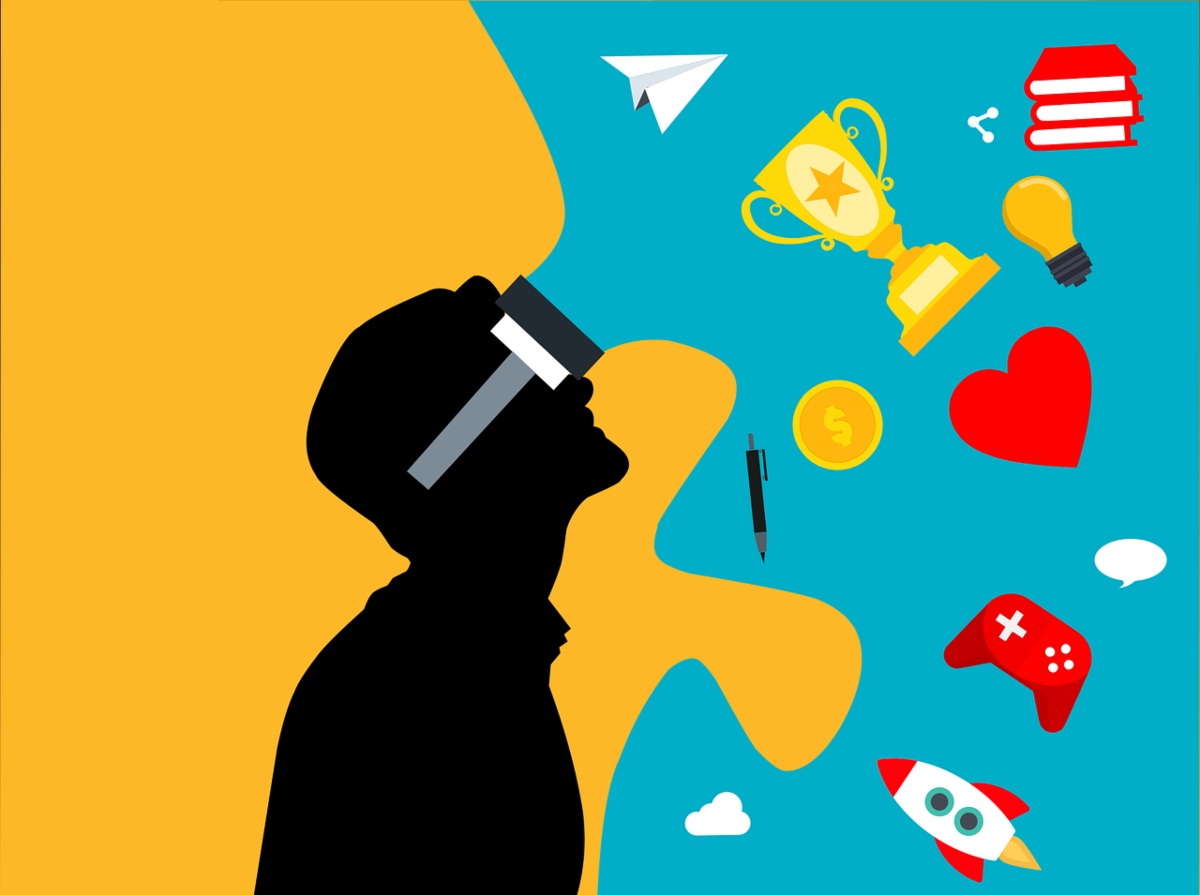Articles

5 exciting business events in Barcelona this May
16 de April de 2024

Woody Allen once said: “We are all interested in the future, for that is where you and I are going to spend the rest of our lives”. The same could be said about the metaverse. If we’re interested in it —and it’s good to spend some time trying to understand it— it’s because, regardless of our doubts about its implementation, it’s not a fleeing trend… It’s a clear horizon of technological development.
According to a study carried out by Stanford University, California, 25% of the world’s population will spend at least one hour in the metaverse in 2026. In fact, earlier this year, a professor from the same university was the first to carry out his class using virtual reality, and the pilot test was a success. It’s clear, though, that behind the metaverse there’s a big business and companies are looking to position themselves for this. But, the quality that will make it a success will be its capacity to offer services and experiences.
The metaverse —literally, “beyond the universe”— is a technological environment that describes sensory immersive experiences. It’s the new Internet generation, much more multisensorial and direct, decentralised and safe, much better than 2.0. With the metaverse, we will no longer access the internet; we will live in it.
Thanks to this technology, not only we’ll be able to carry out all the activities we already do on the internet, but also many of the ones we carry out in our daily lives in the physical world. The scope of opportunities and the fields for development are huge. It’s only a matter of time until everything finds its place in the 3.0 and until users find a use for it.
We may have some preconceived ideas about what the metaverse is, based on pioneer experiences such as the unsuccessful SecondLife, but the metaverse is not virtual reality — or, at least, not exclusively. It’s virtual reality and augmented reality. The metaverse can be turned into reality through our phones, without the need of glasses like the Occulus.
Almost everything is yet to be done. We have the base technology to implement the metaverse —i.e. 5G—, but its development is still limited. While the blockchain environment has started to find its way, it will become key for this process. In the following ten years, we will witness a progressive unfolding of the metaverse, with numerous technologies and industries taking part and a struggle for power and for a bit of the cake, that is estimated to be worth around 8 to 13 trillion euros — which would be more than an European country’s GDP.
There will be many metaverses, not just one. Most of us, simple mortals, associate this technology with Meta (formerly known as Facebook), who has heavily invested in this, hoping to position itself before the rest. Countries themselves can develop their own metaverse, just like China and the USA have developed their own parallel models of the internet. The battle for the standardisation of a format (security protocols, languages, interfaces, payment platforms…) has only just begun. It’s a similar process to the one that took place in the 90s, when the internet started developing, and it will experience ups and downs until it reaches regulation and standardisation.
Everything we do on the internet today is susceptible to being moved to the metaverse. Other applications coming from the physical world will also find their place. Both universes —meta and physical— will coexist for a long time. Don’t panic; it isn’t about anything we’re not already doing nowadays… Interacting with our phones or tablets already means accessing augmented reality from analogic environments.
Education, health, entertainment, fintechs and commerce are some of the fields that are begging for access to the metaverse. Online classes, surgery, transactions in regular markets or with virtual currencies. The pandemic has accelerated this process towards digitalisation. The next step is to meet on the metaverse.
A few years from now, we’ll have applications for the areas of public services, manufacturing, virtual marketing, and experience industries, such as tourism and culture. Concepts that are already established in digital environments (such as social networks, leisure and digital payments) will experience an easier transition.
Article written in collaboration with Marc Sansó, Tech-Management Consultant, CEO at Elsebits and EAE Barcelona Professor.
In a few years from now, the physical world and the metaverse will coexist and many of the things we do analogically will move to the 3.0 environment. In the next ten years, there will be ups and downs as we implement uses and technologies to position ourselves in the metaverse.

Is an art business or just speculation? What is this technology that generates both love and hate? We discover what the NFT phenomenon is all about with Jesús Checa.
Listen the podcast